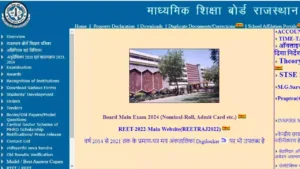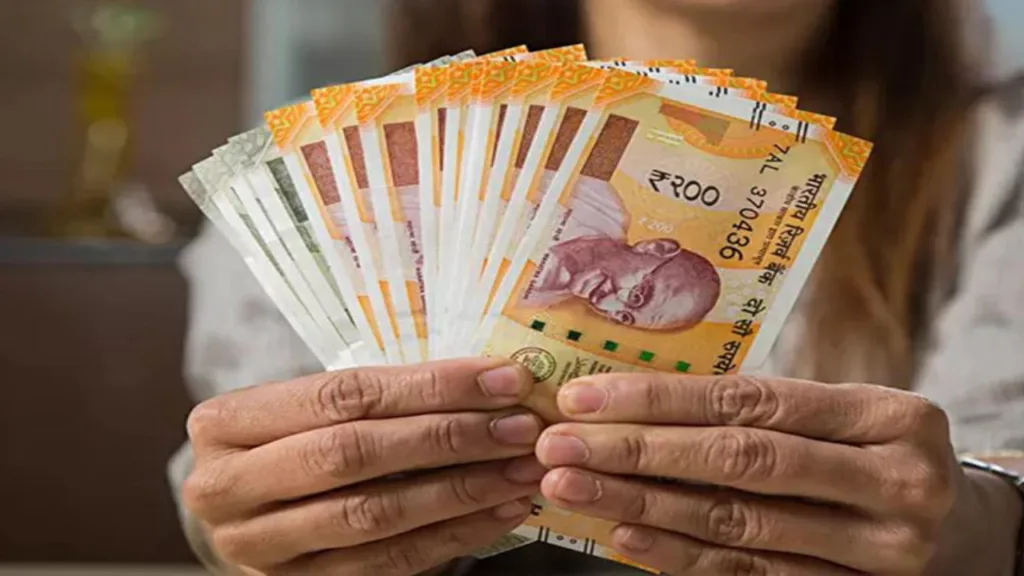In today’s digital world, email remains a primary communication tool. Yet, its inherent openness leaves sensitive information vulnerable to prying eyes. Hackers, data breaches, and even government surveillance can compromise your messages, exposing financial details, personal data, or confidential business discussions. Thankfully, a powerful solution exists: encrypt emails

Why Encrypt Emails?
Imagine sending a postcard with your bank account details written on it. Shocking, right? Unencrypted emails are essentially digital postcards, easily intercepted and read by anyone with access to the network. Encryption scrambles the contents of your email, transforming it into unreadable code. Only the intended recipient, possessing the decryption key, can unlock the message. This provides an essential layer of security, safeguarding your:
- Personal information: Social Security numbers, addresses, phone numbers, and other sensitive data are shielded from unauthorized access.
- Financial details: Bank account information, credit card numbers, and investment records remain protected from prying eyes.
- Business communications: Confidential negotiations, trade secrets, and internal strategies stay secure from competitors and even cyber espionage.
Methods for Encrypting Emails:
Several methods exist for encrypting emails, catering to different needs and technical expertise. Here are the most common:
- Email Service Provider (ESP) Encryption: Some email providers like Gmail and ProtonMail offer built-in encryption features. These are convenient but often limited in their capabilities and rely on the provider’s security practices.
- S/MIME (Secure/Multipurpose Internet Mail Extensions): This established standard allows encrypting emails directly within your email client like Outlook or Thunderbird. However, both sender and recipient require compatible software and certificates, hindering widespread adoption.
- OpenPGP (Pretty Good Privacy): This free and open-source technology offers robust encryption and greater flexibility. Users generate key pairs (public and private keys) and exchange public keys for secure communication. While technically demanding, OpenPGP provides maximum control and security.
Encrypting emails adds an essential layer of protection to your digital communication. Choose the method that best suits your needs and technical comfort, ensuring your messages remain confidential and secure in the ever-evolving digital landscape.
Beyond Encryption: Additional Security Measures:
While encryption is crucial, additional measures can further enhance your email security:
- Use strong passwords and enable two-factor authentication (2FA) for your email account.
- Beware of phishing scams and suspicious emails.
- Avoid sending sensitive information over unencrypted public Wi-Fi networks.
- Educate yourself and your team on good email security practices.
By following these tips and encrypting your emails, you can take control of your digital communication and ensure your confidential messages remain private and secure.
Meta Description (156 characters): Keep your emails safe from prying eyes! Learn how to encrypt emails using various methods and secure your sensitive information with this comprehensive guide. #encrypt_emails #email_security #digital_privacy













